The diversity of the Indian wedding traditions is astounding, with each region bringing its unique touch to the festivities. One of the most captivating comparisons is between East Indian and West Indian wedding traditions.
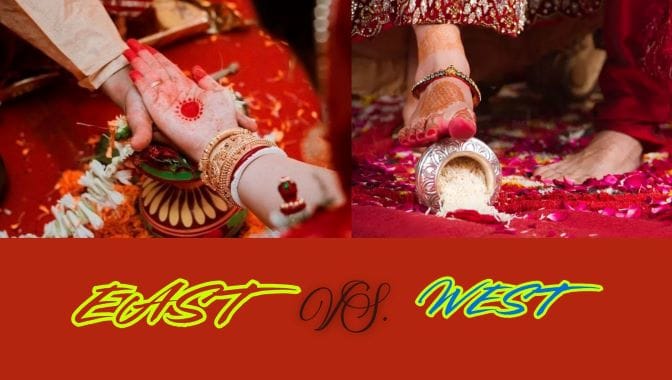
These weddings reflect the region’s rich heritage and cultural influences, from rituals to attire and food. Let’s see how weddings in the East and West of India are celebrated and what makes each style truly special!
East Indian Wedding Traditions
East Indian weddings are known for their grace, simplicity, and cultural richness. States like West Bengal, Odisha, and Bihar showcase unique traditions deeply rooted in age-old customs.
Rituals And Ceremonies
The highlight ceremonies may differ in different states of the Easter region. Subho Dristi (first meeting of the bride and groom) and Saat Paak (Pheras) are the most significant rituals for Bengali weddings.
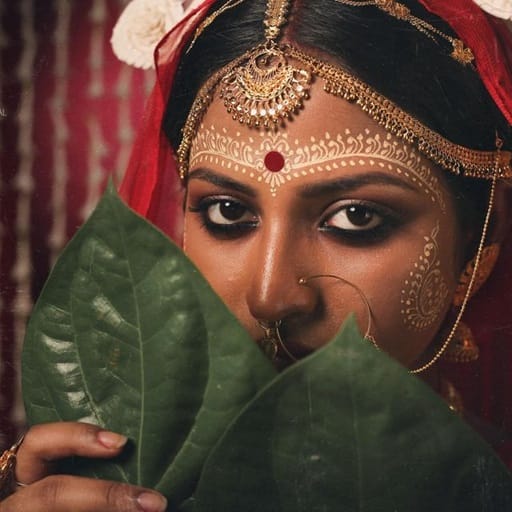
Kanyadaan in Odisha is an emotional moment symbolizing the bride’s transition from her father’s care to her husband’s. On the other hand, Bihar weddings are known for rituals like Tilak. Imli Ghutai, Chauthari, etc.
Bridal Attire And Jewelry
East Indian brides typically embrace sarees in red and gold. In the cultures of Bengal and Odisha, the brides wear traditional headgear known as Mukut or Mukuta. The Bihari traditional wedding look also involves red sarees with ornaments.

The same tendency of uniqueness can be seen in jewelry, too. For example, Bengali brides wear Shakha pola, a bangle set of conch shells and coral.
Food
East Indian food is mouth-watering and has a distinct flavor. Therefore, if you are attending a wedding ceremony in the East Part of the country, you can expect a treat of delicious traditional dishes. Bengali weddings feature dishes like Bhapa maach, Rosogolla, and Mishti doi.
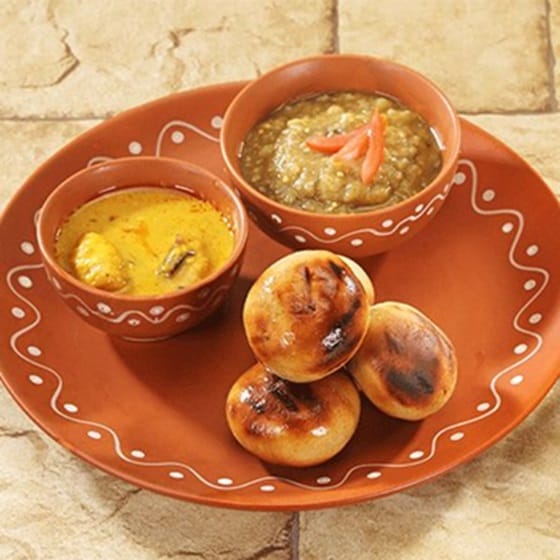
Similarly, you may expect Rabri, jalebi, and Litti Chokha among the other dishes at a Bihari wedding feast. Traditional dishes like Dalma and Rasabali are offered at Odia weddings.
West Indian Wedding Traditions
Now it’s time for the western part! Weddings in West India are full of colors, music, and grand celebrations. This region includes Maharashtra, Gujarat, Rajasthan and Goa. Each state has its unique wedding that exudes the aura of a grand festivity.
Rituals And Ceremonies
Maharashtra weddings are known for their simplicity and meaningful rituals, like Sankalp (taking vows), and Antarpat. Gujarati weddings get lit up with lively Garba and Dandiya, nights followed by rituals like Hasta Melap (joining of hands).
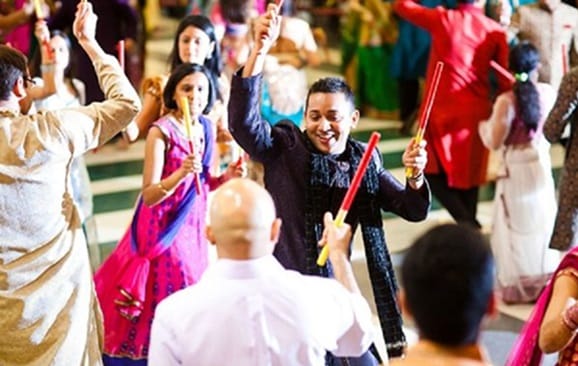
On the other hand, Rajasthani weddings are grand and royal, featuring Pithi dastoor (pre-wedding ritual) and Baraat. Goan Catholic weddings showcase a mix of Indian and Western traditions, including the Rose ceremony and church weddings.
Bridal Attire And Jewelry
West Indian brides look stunning in colorful and gorgeous bridal wear. Maharashtrian brides wear Paithani or Nauvari sarees with their iconic Nath and Thusi necklaces. Gujarati brides opt for Panetra or Gharchola sarees with bold patterns.
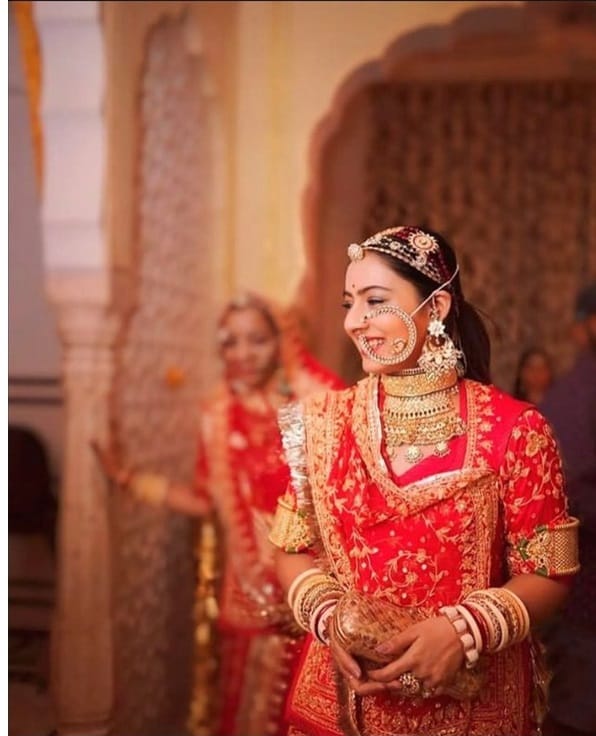
Rajasthani brides look regal in heavily embroidered lehengas paired with Kundan and Polki ornaments. Goan brides may wear white gowns or colorful sarees, blending Indian and Portuguese influences.
Feast
West Indian weddings serve a feast of flavors. Maharashtrian dishes like Puran Poli and Shrikhand can make your tongue go crazy with the taste. Gujarati weddings feature traditional vegetarian dishes like Dhokla and Fafda jalebi.
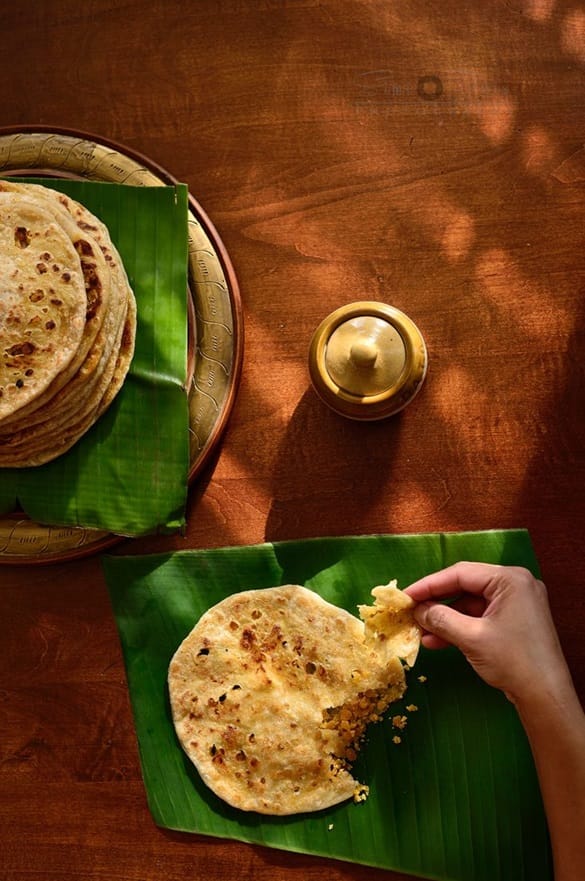
Rajasthani weddings serve Dal Baati Churma and Laal Maas, showing their royal legacy. Goan weddings offer a mix of coastal delicacies like Prawn Balchão and Bebinca.
Conclusion
Though East and West have differences, many modern couples love to blend these traditions. So, don’t be surprised if you discover Dhokla at a Bengali wedding. The bottom line is to honor and celebrate the diverse Indian culture.
Therefore, no matter the tradition you follow, an Indian wedding is always a joyous and vibrant celebration with families, filled with love and laughter while creating timeless memories.



